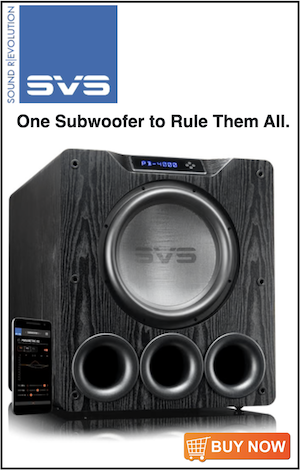I'm looking to purchase an outboard amp for 4 height channels only, but I'd like the option to re-purpose it to more critical listening in the future, just in case. Currently wavering between Outlaw 5000 and Parasound A52 (pre-owned most likely).
There seems to be a couple schools of thought on amps. One that they amplify without "coloring" the sound, i.e. an amp is an amp, and the other that they do impact sound quality. But then, there are large price differences between amps with similar output and there are a slew (pun intended) of specs that manufacturers provide. (Some of which don't seem to be standardized, which is annoying.) So one would think there are some quality differences worth paying for but what are they??
For anything that I can foresee 120watts per channel, all channels driven, would be sufficient power. And I think I'd want the amp to be able to handle 4ohm speaker loads in case I do re-purpose it in the future, so I guess I'd want something that can produce about 200watts into a 4ohm load, but that brings up a question... I've never seen any clear guideline indicating amp quality with respect to the the ratio of watts capable with 8 and 4ohm loads. Is there one? Or does it even matter?
Regarding the myriad of other specs are there any you think important and why? At what point does the number for the spec translate to audible differences? Or perhaps put another way, what spec numbers would you avoid?
Any insight into amp engineering mysteries will be much appreciated!
There seems to be a couple schools of thought on amps. One that they amplify without "coloring" the sound, i.e. an amp is an amp, and the other that they do impact sound quality. But then, there are large price differences between amps with similar output and there are a slew (pun intended) of specs that manufacturers provide. (Some of which don't seem to be standardized, which is annoying.) So one would think there are some quality differences worth paying for but what are they??
For anything that I can foresee 120watts per channel, all channels driven, would be sufficient power. And I think I'd want the amp to be able to handle 4ohm speaker loads in case I do re-purpose it in the future, so I guess I'd want something that can produce about 200watts into a 4ohm load, but that brings up a question... I've never seen any clear guideline indicating amp quality with respect to the the ratio of watts capable with 8 and 4ohm loads. Is there one? Or does it even matter?
Regarding the myriad of other specs are there any you think important and why? At what point does the number for the spec translate to audible differences? Or perhaps put another way, what spec numbers would you avoid?
Any insight into amp engineering mysteries will be much appreciated!









